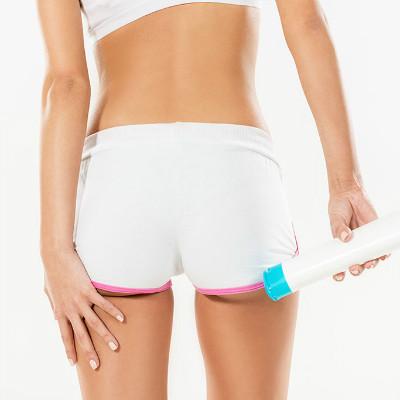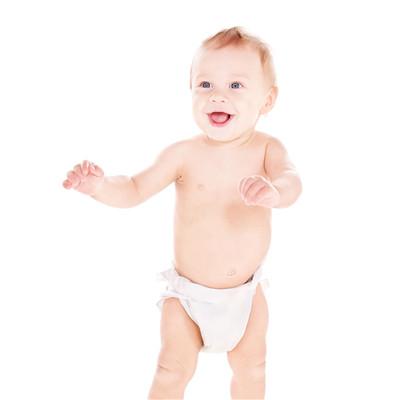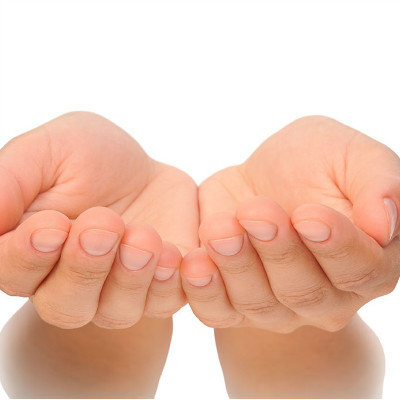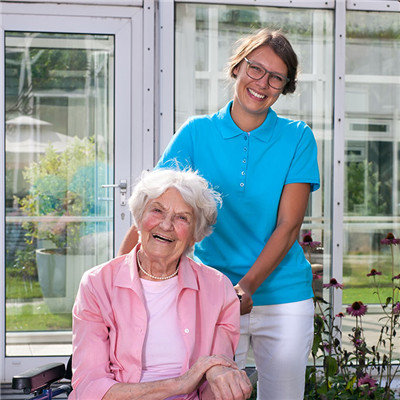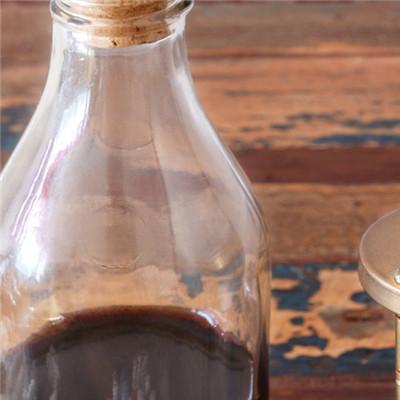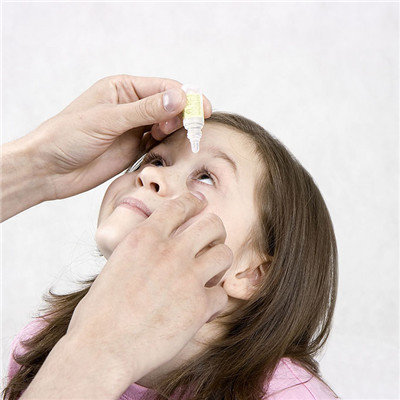How to treat neonatal wheezing?
summary
Laryngeal wheezing at birth or within a few weeks after birth is caused by the airflow passing through the narrow airway during breathing, which can be caused by a variety of causes. It usually occurs in winter and spring. It is most common in infancy, especially in newborns and infants. Severe cases may cause dyspnea or even respiratory failure. How to treat neonatal wheezing?
How to treat neonatal wheezing?
General treatment, strengthen nursing, prevent cold, diarrhea and other inducing factors, more sun, prevent complications. In general, there is no need for special treatment for congenital simple laryngeal wheezing. It only needs to strengthen nursing and pay attention to the prevention of respiratory tract infection. After 18-24 months, with the enlargement of laryngeal cavity, laryngeal tissue gradually becomes normal, and laryngeal wheezing gradually disappears. Parents should pay attention to the prevention of cold and fright, so as to avoid respiratory tract infection and laryngeal spasm, aggravating laryngeal obstruction. Pay attention to maintain water, electrolyte and acid-base balance. At the same time, give enough calcium, timely add complementary food and other adjuvant treatment, such as severe attack, breathing difficulties, can adjust the baby's position, take lateral position can reduce symptoms, and symptomatic treatment.
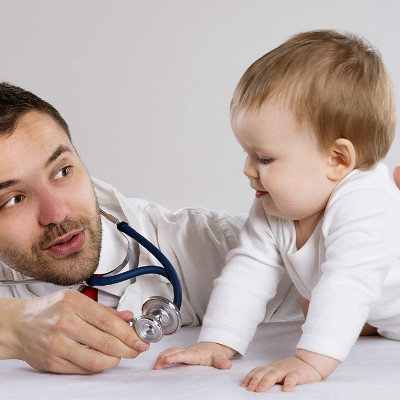
For severe laryngeal edema, dexamethasone and 10% calcium gluconate were used to eliminate the edema; Individual children can use antispasmodic and antiasthmatic drugs. Tracheotomy may be performed in patients with occasional severe laryngeal obstruction. For nervous laryngeal wheezing, scopolamine can be used, starting from a small dose, 0.02mg/kg intravenous drip each time, once a day. If it is invalid, the dosage can be gradually increased to 0.04-0.06-0.08mg / (kg · d) each time until the symptoms of laryngeal wheezing disappear.
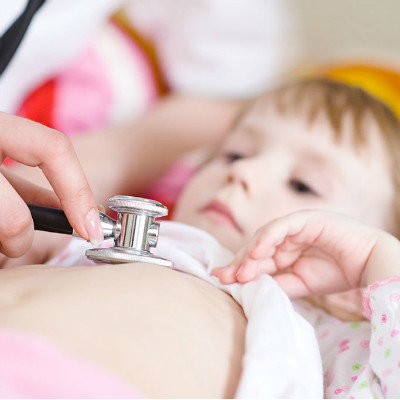
Patients with respiratory tract infection and pneumonia should be treated with antibiotics. Children with respiratory failure can use mechanical ventilation; Lung auscultation with phlegm, give ultrasonic atomization sputum suction and often pat the back, do a good job in respiratory care. Hypocalcemic wheezing from laryngospasm to wheezing in infantile tetany was treated with calcium and vitamin D.
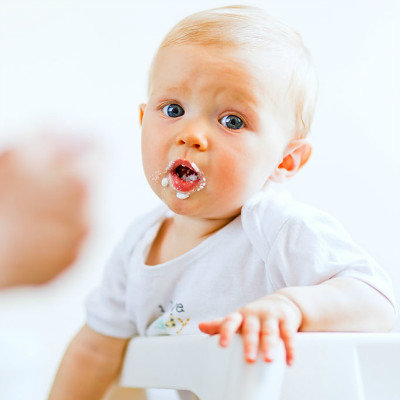
matters needing attention
Surgical treatment of dyspnea caused by congenital dysplasia of larynx and trachea, macrovascular abnormalities, congenital laryngeal cyst and tumor should be performed as soon as possible. The treatment of subglottic stenosis depends on the degree of obstruction. In mild cases, no special treatment is needed. When the laryngeal cavity is enlarged, the symptoms will disappear naturally. In severe cases, tracheotomy is needed.

